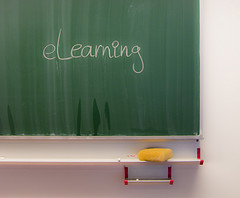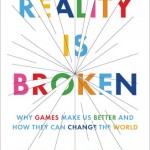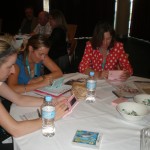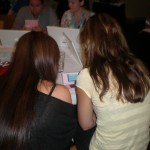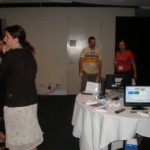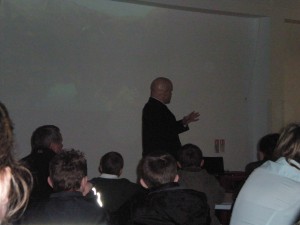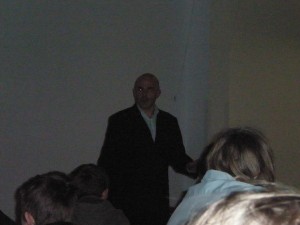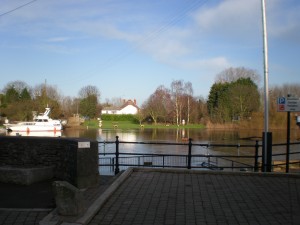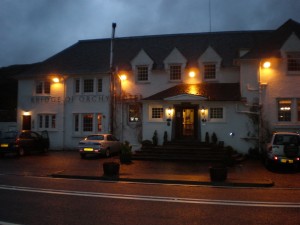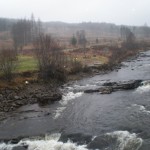Thousands of kilometres and many hours away from San Diego and ISTE 2012 I am buoyed and excited by the tweets and blog posts that are coming thick and fast from the USA.
From feeling very envious and slightly jealous of the social happenings and get-togethers that are being shared, I am now inspired by watching the learning that is taking place by the attendees:
ideas – tweeted from workshops
discovery – of personal connections to these ideas
joy – when realising the relevance of the ideas
plans – to try the ideas back home
sharing – the discovery with others via twitter and blogs
elaborating – on the first idea
collaborating – and hooking up with others who are sharing the idea
curiosity – about where the idea has come from
looking up – researching some background
thinking – how the new idea fits with what you do
buzzing – with excitement
possibilities – bouncing around in your head
new ideas
What an authentic and wonderful snapshot of learning taking place.
Thoughts, theories and practices being shaped and grown in a positive and supportive atmosphere of “it is possible”.
I can only imagine the opportunities and experiences that await classrooms when the attendees return.
Thank you to everyone who has tweeted and blogged ISTE 2012 into my life this past week or so.
Attribution:
http://www.flickr.com/photos/35723892@N00/2946164861
